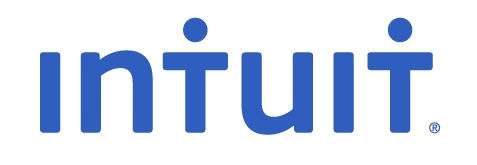NOTE: Part 1 can be found here.
The high technology industry, and in particular, the software industry is much younger than the Consumer Packaged Goods industry. And the role of brand or product management in high-tech and software is even younger still.
 Certainly one of the earliest software companies to apply “brand management” principles to software products was Intuit. Intuit was founded in 1981 by Scott Cook, who was a former P&G “brand man” himself.
Certainly one of the earliest software companies to apply “brand management” principles to software products was Intuit. Intuit was founded in 1981 by Scott Cook, who was a former P&G “brand man” himself.
In developing Quicken, Intuit’s first product, Cook wanted to create finance software that home users who were NOT financial experts could use. Cook knew he had to differentiate himself in the market. There were already a number of home finance/checkbook balancing software products available, but most of them were difficult to use for the average person.
Cook wanted someone like his wife, an intelligent woman but not necessarily a finance or computer expert, to be able to easily perform the calculations she needed. To do this, Intuit went so far as to emulate the look and layout of the traditional physical checkbook, within the limitations of the monochrome 80×25 character text screens of the time.
This type of innovation, and focus on customer needs, led Scott and his team to create one of the most successful and enduring consumer software packages of all time.
 The book Inside Intuit, gives some great insights into the early days of the software company and describes many of the challenges they faced, but also many of the innovations they made. One unique innovation, at the time, was their “Follow me home” program.
The book Inside Intuit, gives some great insights into the early days of the software company and describes many of the challenges they faced, but also many of the innovations they made. One unique innovation, at the time, was their “Follow me home” program.
In the 1980s, ease of use was not something you would associate with personal computers, particularly those running DOS or Windows. The technology was still relatively new and a lot of software vendors were simply focused on getting software out the door, let alone focusing on usability. But Intuit was not one of those companies.
They realized that the only way they could truly understand how their customers used their software, was to observe those customers in their actual usage environment. i.e. the home. So Intuit created the “Follow me home” program where they would get permission from Intuit customers to send a company representative to the customer’s home and watch the customer install and use the product on their home PC.
Note task 3.1 (field studies) in McElroy’s memo.
These field studies, called ethnography in the social sciences, are only now becoming common in technology companies. Intuit gleaned many insights from the Follow me Home program which led them to continue to enhance their product and create what can only be described as an incredibly loyal customer base.
In fact, Intuit’s customer base was so loyal that when Microsoft tried to lure them away by offering free copies of its rival Money product, very few customers took that offer.
Today, aside from their successful products, Intuit is well known in the software industry for a very strong Product Management discipline. I’ve previously blogged about Bill Campbell’s (Intuit’s Chairman of the Board) views on Product Management. Certainly, Intuit had a pivotal role in the development of technology product management but others helped shape the profession as well. I’ll get into one other very influential person in part 3.
Saeed
Related Articles: